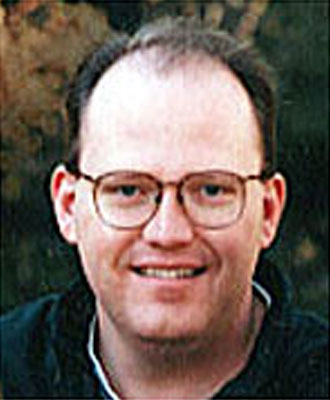Abstract
The Internet has gone from fad and fashion to an integral part of the way we do business. Our culture communicates via email and gets informed and entertained on the web. How is the high-tech culture of the geophysical community utilizing this resource?
Our vision for the CSEG website is to develop an online interactive community. The continuously expanding content of the website includes a dynamic calendar-of-events with week- and month-at-a-glance features, a searchable and browseable member database, and information on society publications, social events, and the career of geophysics. For those seeking a higher level of interactivity, volunteer committees currently use password-protected discussion forums to facilitate communication and to electronically share important documents.
Outside of the CSEG website, there is a nearly endless list of geophysical resources on the internet and a variety of ways to use the internet to help geophysicsist to research, communicate, and do business. The brief overview provided in this presentation will help geophysicists catch a vision for the possibilities with emerging internet technologies. Applications include working from home, learning new geophysical methods, and keeping closer contact with clients or partners.
Biography
Rob Vestrum has BSc and MSc degrees in Geophysics from both Alberta Universities and is currently a PhD student at The University of Calgary. Currently Manager of Research and Development at Kelman Technologies Inc., he is perhaps better known in this industry for his strong interest in seismic anisotropy, but that is not Rob's only technological bandwagon.
Chasing another technical trend, he started hacking HTML near the inception of The Web and cofounded Front Range Publishing, the internet publishing company currently developing the original CSEG website. Rob's current interests in the internet are in immersive imaging technologies like Quicktime VR and in the architecture of dynamically updated websites.





